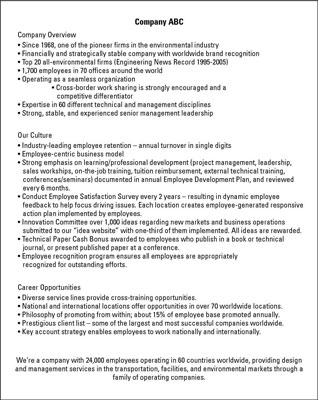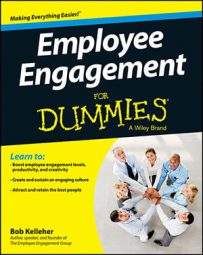Companies should view the hiring and selection process as a sales opportunity of sorts. This is how you find the most engaged new employees. In a typical hiring scenario, candidates attempt to “sell” themselves to a potential employer. But the truth is, it should be the other way around.
Think of the preparation that goes into the sales process: Companies spend thousands if not millions of dollars hiring experts to help crystallize their brands and messages. But people generally don't think of the hiring process in the same way. This needs to change.
Because of the growing popularity of social media — in particular, of work-oriented sites like Glassdoor.com — companies must better sell their employee value proposition (EVP) to leverage their brand potential. In the future, firms will need to steal a page from their marketing departments to “sell” potential employees on why they should work for them.
That's where having defined your EVP will really come in handy. Your most engaged candidates have choices; armed with your EVP, you can convince them to choose you.
You can even suggest that your HR department create a “sales sheet” for candidates in order to communicate your EVP (see the figure). Make it pop! Your sales sheet should include the following:
What you do: Describe what you do, share your company's history, and provide an overview of your company — for example, its sales, financials, and clients. Also, list any relevant rankings (for example, “We're the second largest engineering firm in the U.S., according to Engineering News Record”), highlight unique selling features of your product or service, and discuss your brand.
Your purpose: State your values (that is, your guiding principles) and your core purpose, or reason for existing.
Who you are: Talk about why you're unique. For example, maybe you've earned “Miami's Best Employer” awards for six years running. Maybe you were honored by Women's Magazine as “Top Employer of Minorities.”
Or maybe you have expertise in 16 different technical and management disciplines. You can also discuss the size of your organization, your operating principles, your employee retention rate, and the results of your latest employee engagement survey.

Don't sell something you can't deliver. In other words, your sales sheet shouldn't make exaggerated claims about your firm. There's no better way to turn an exciting prospect into an embittered, resentful employee than to overpromise and underdeliver!

